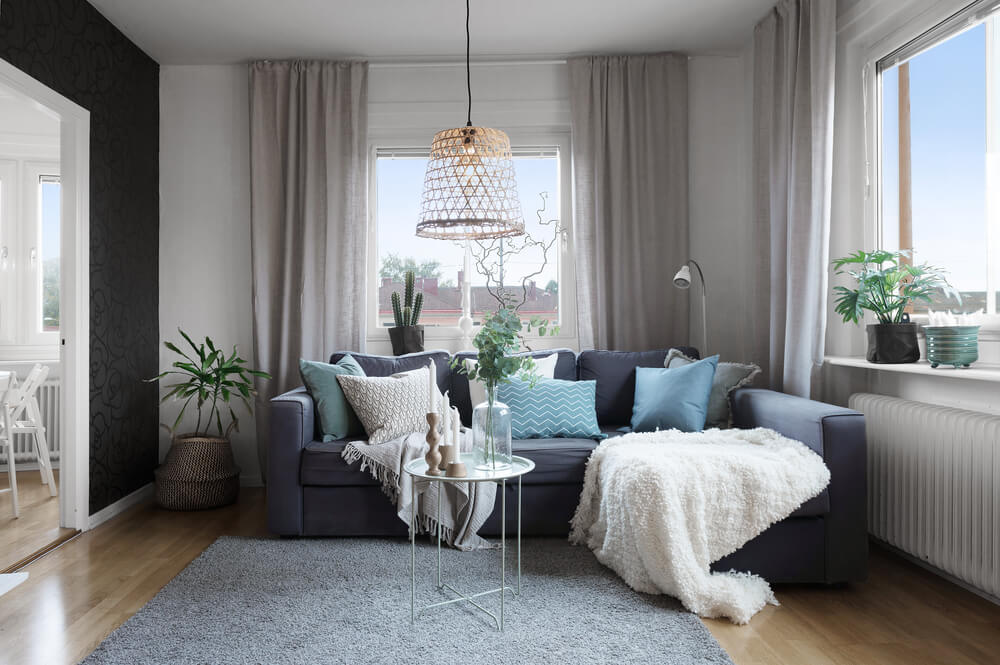Trends in Hotel Interior Design
Brought about by the growing demand for personalised experiences in travel and leisure, hotel establishments are now beginning to transform accommodation units to meet their clientele’s preferences.
How do today’s hotels differ from the way they were during the previous years? Among the trends that hotel and resort owners follow today to address their customers’ needs include:
- Multi-functional lobbies.
It is becoming more common for hotels to invest in luxury interior design on their lobbies. The focus is no longer just aesthetics but also ensuring the halls are suitable for various types of functions.
A luxurious lobby attracts not only guests but people who want to hold meetings and business transactions. The posh interiors showcase a corporate ambiance, which is ideal for small meetings and discussions. It can also be converted into a space for private or public functions, such as conferences, gatherings, and even exhibits.

- Themed restaurants.
Since people crave moments they can share on their social media accounts, hotels see this as an opportunity to improve their amenities and provide a positive user experience.
Hotel restaurants, for example, invest in themed interiors. In essence, the primary goal is to let the customers enjoy the food as well as the place itself.
- Spa-like bathrooms.
Spa-like bathrooms are a crucial element in luxury interior design. Guests no longer have to go to a separate spa since they can enjoy the same amenities right in their bathrooms.
Common installations found in spa-like bathrooms are jacuzzis, walk-in showers, programmable thermostats, heated floors and towel racks, steam showers, and floating vanities.
- Using local art in décor and motif.
Using local art as a backdrop is a growing trend among hotels. It is a way of making their establishment stand out since local art gives guests a sneak peek of what their destination city offers.
Local art also promotes the culture of the place where the hotel operates. It gives the hotel a significant position in the town or city, which in turn engages more people looking for a place to stay.
- Technology-friendly rooms and common spaces.
While they want to get out of city life, travellers could not do without things such as Wi-Fi and data signals. They want to stay connected even when they are away.
In line with this, many hotels are making sure they have great Wi-Fi connectivity both in their accommodation units and common areas. Vacationers consider secure Wi-Fi signal a plus point in a hotel as they can check emails, search online for local finds, and update their social media networks of their activities during the holiday.
- Blurred divisions between indoors and outdoors
Spatial continuity is becoming a trend among hotels. It offers a naturally cosy ambiance, one that’s soothing to the senses, which guests usually look for. Such design can be seen in indoor materials and furnishings present in outdoor spaces, live plants as accents in corridors, and big and full windows in rooms for fresh air to enter.


















